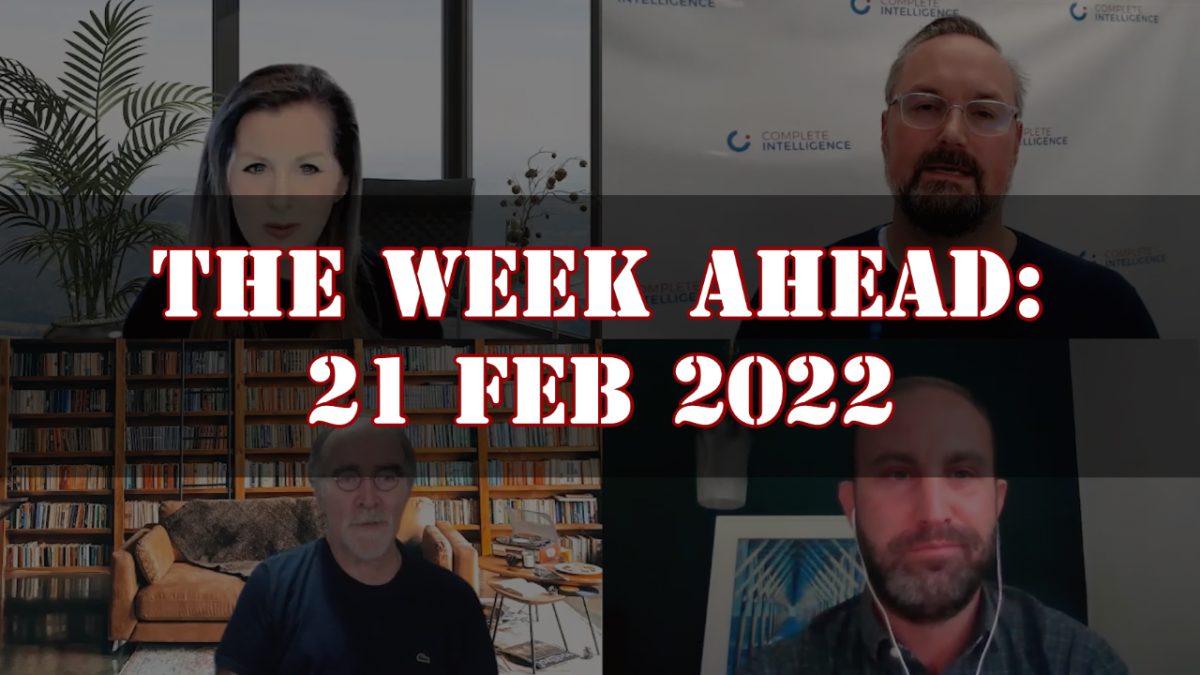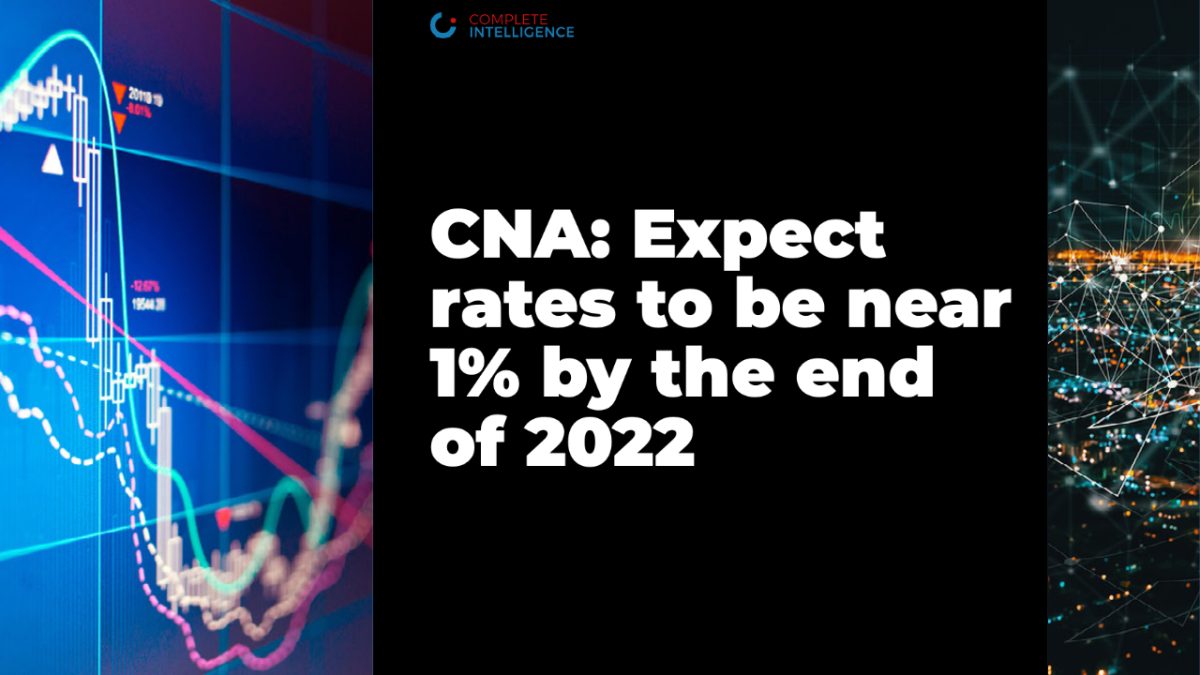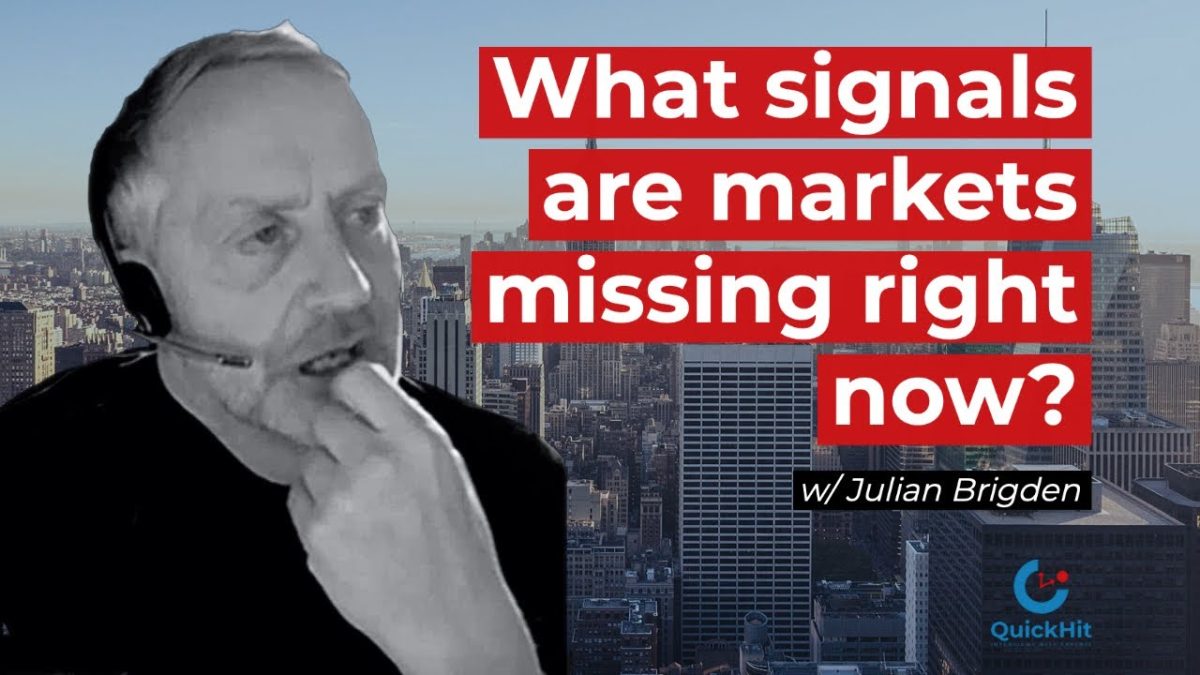This podcast was first and originally published on https://www.bfm.my/podcast/morning-run/market-watch/bank-of-japan-monetary-policy-revisal-japanese-yen-us-fed-rates-markets-outlook
The CEO of Compete Intelligence, Tony Nash, was interviewed on BFM to discuss the current state of the US markets.
The S&P fell 1.6%, the worst decline in a month, and the tech-heavy Nasdaq snapped a seven-day rally, reversing gains of more than 1%. Nash suggests that this may be due to bad economic data, specifically PPI and retail sales falling, but also notes that consumer is still strong. Nash explains that the US economy is built on services, so people may be trying to confirm their downward bias in things, and when bad news is reported, a sell-off day occurs. Nash also mentions that if PPI falls, that should mean inflation is slowing, which should mean the Fed would ease a little and slow down on rate rises.
He also mentions that markets may be spooked by all the announcements regarding job cuts, such as Microsoft announcing they plan to cut 10,000 jobs and Bank of America telling their executives to pause hiring. Nash suggests that these job cuts are small in terms of the gap that we see in the US workforce, which is still missing millions of jobs in terms of the openings versus the available people.
Nash also mentions the yen tumbled yesterday after the BOJ went against market expectations by keeping its yield curve tolerance ban unchanged. He suggests that the BOJ is managing the yield curve to suppress borrowing costs and wants to keep it below 0.5%. Nash also mentions that Japan’s central bank is getting pressure from other central banks to keep their rates low, this means that if Japan lets their rates rise, then that would have a knock-on effect around the world and cause a repricing of government debt all around the world.
Nash concludes by saying that he expects a weaker yen, but doesn’t think we would necessarily hit those lows.
Transcript
BFM
This is a podcast from BFM 89.9, The Business Station. BFM 89.9. It’s 7:06, Thursday, the 19 January, and you’re listening to the Morning Run with Chong Tjen San and I’m Wong Shou Ning. And earlier on, we did ask our listeners how traffic is like and Roberto said traffic today really smooth and super low compared to just yesterday. He loves Chinese New Year in KL. And so do we. I just love Chinese New York because I like the feasting and I like the ang bao collecting.
BFM
I get the hint.
BFM
Yes, we’re all looking at you, Tjen San. But in 30 minutes, we will be speaking to Angela Hahn of Bloomberg Intelligence on the impact of China’s reopening to Markhouse gaming and hospitality sector. But in the meantime, let’s recap how global markets closed yesterday.
BFM
After a good run, all key US. Markets ended down yesterday. The Dow was down 1.8%, S&P 500 down 1.6%. The Nasdaq was down 1.2%. In terms of Asian markets, the Nikkei was up by 2.5%, Hang Seng up by 0.5%. The Shanghai Composite Index, it was unchanged, the Straits Times Index, it was up by 0.3%, and the FBMKLCI it was down by 0.3%.

BFM
Why are we always again and again there’s a trend here for sure. But to tell us where international markets are heading, we have on the line with us Tony Nash, CEO of Compete Intelligence. Good morning, Tony. Help us understand what’s happening in US markets. Because the S&P fell 1.6% is the worst decline in a month. Tech heavy Nasdaq snapped a seven-day rally, reversing gains of more than 1%. Is this just really due to bad economic data?
Tony
Yeah, we saw PPI and retail sales fall today. The weird part is consumer is still strong. The US economy is really built on services, so I think people are trying to confirm their downward bias in things. And whenever we see bad news, we see a sell off day. So I’m not necessarily sure I would read that much into it, aside from just there was really nothing else going on. So people saw some bad PPI news and they were negative. So if we see downward PPI, that should mean inflation is slowing, which should mean the Fed would ease a little. Not ease, but would slow down on rate rises a bit. So that should have been positive news for markets. So it’s just kind of a weird read of some of that data.
BFM
Do you think markets are also spooked by all these announcements with regards to job cuts? Because Microsoft says they plan to cut 10,000 jobs. Amazon of course, made announcements last week, and even Bank of America is it telling their executives to pause hiring. Not great for the mood on Wall Street?
Tony
Well, maybe, but I think those job cuts are actually kind of small in terms of the gap that we see. So the US is still missing millions of jobs in terms of the openings versus the available people so I think there’s something like 7 million jobs open. We also had a million people post COVID not come back to work. So we have a gap in the workforce, just a status quo workforce of a million people, but we have something like 7 million open positions. So when Microsoft lays off 10,000 people or Goldman lays off 4000 people, sure, it’s tragic. It’s definitely tragic for those individuals. But in terms of the overall health of the economy, it really doesn’t make that much of a difference.
BFM
And Tony, the yen tumbled yesterday after the BOJ went against market expectations by keeping its yield curve tolerance ban unchanged. What possible reasons would the central bank have for keeping this status quo?
Tony
Yes, so the BOJ is managing the yield curve to suppress borrowing costs and they want to keep it below kind of 0.5%. There have been some hedge funds and some big investors who’ve been betting that they would tighten it. And the BOJ is just bigger. I mean, when they came back and they said, we’re going to hold the line at 0.5, they spent about $100 billion so far this month to defend that and they have plenty of resources to hold that. So the release issue is this is if Japan lets their interest rates rise, then Japanese, say, banks and pension funds and other investors would consider selling debt from other parts in the world and buying Japanese debt. Okay, so if Japan lets their rates rise, then that would have a knock on effect around the world and that would cause a repricing of government debt all around the world. So it’s not just the BOJ wanting to keep this for Japanese domestic reasons. They’re getting pressure from other central banks to keep their rates low.
BFM
Okay, Tony, but what does this then all mean for the yen? I mean, at its worst point, the yen was trading 150 against the US dollar. Today it’s 128. That’s a very wide range in just a few months. So what are your expectations?
Tony
It is yeah, certainly I would look for a weaker yen. I don’t know that we would necessarily hit those lows. But the BOJ has made their stance clear. The BOJ has a new head coming in in a few months. I would say they’re unlikely to dramatically change policy with a new head because they don’t want to make people nervous. So I think they’re going to aggressively defend the status quo. So I don’t necessarily think you see a yen appreciating dramatically from here. I think the bias is really toward the downside.
BFM
Okay, staying on the topic of currencies then, what’s your view on US dollar? We’re just looking at the Bloomberg Dollar Spot Index this morning. It’s already down 1.5% on a year to date basis. The era of King dollar, is it over?
Tony
Well, I think not necessarily. If you’re looking at the DXY, it’s really heavy on the euro. And so we’ve seen Europe do better than many people thought through the winter because we haven’t had a cold winter there and energy prices haven’t bitten as hard as many people thought they would. So I think Europe is doing better and the Euro is doing better than many people thought. And everything in Currencies is relative. China is opening, although it’s gradually. China is opening. And so that’s good for CNY. Again, in a relative basis, I think there is downward pressure on the dollar, but I don’t necessarily think we’re over on that. I don’t think we’re heading straight down to, say, 95. I think we’re going to see some back and forth over the next couple of months as we figure out what the forward trajectory of the dollar is. And a lot of that really has to do with what direction will the Fed take in terms of their rate hikes and their quantitative tightening. And it has to do with treasury activity from the US. Treasury. How will they spend, what will they do, how will they fund the US government?
BFM
Tony, some analysts are saying that without a recovery in the Chinese economy, a global recession is all but assured. But what are your thoughts on this?
Tony
I don’t necessarily think that’s the case. I think China will do okay this year, and I think regardless, Europe will likely dip into recession this year, although fairly moderate. In the US, you see a very strong employment environment. And so employment is one of the key considerations for recession. So I don’t believe the US. Will dip into recession really on the back of employment news more than anything else. And so once we see some of these layoffs with larger companies and we get through this as, say, equity valuations stabilize, I think we’ll start to see a renormalization in the US economy as the Fed kind of takes the foot off the brake of the US economy. Of course, the Fed will continue to raise rates, but they’ll do it at a much slower pace, and that will make people much more comfortable in doing things like investing capital and so on and so forth, that will help the US to grow.
BFM
All right, thank you very much for your time. That was Tony Nash, CEO of Complete Intelligence, giving us his outlook for the world economies and also markets in the coming weeks. I think very much the question everyone has on their mind is Fed rates. What is the terminal rate? Will they basically raise rates too much and then cause the US. Tip into a recession? But I see increasingly our guests, our commentators sounding a little bit less pessimistic, hinting that perhaps we’re going to have a soft landing rather than a hard landing.
BFM
Yeah, I think it’s really on the back of the really still strong employment in the US. I mean, he did mention there’s still 7 million jobs available in the US. And there are one million people post COVID that didn’t come back to work. And I think that really is his key point, that the US may not slip into recession, but it looks like EU will and China, it looks like they are really on track to a better recovery this year. I’ve seen some economists say that GDP growth could be like five to 6% as well.
BFM
I see that consensus figure that range is around there for China’s GDP for 2023. Now, turning our attention to corporate that released results they reported, which is Alcoa excuse me, which is aluminium company. They reported fourth quarter results earlier today, which saw losses narrow to $374,000,000. Loss per share as a result was $2.12. The loss included a 270 million charge related to tax expense. Revenue did decline 20% to $2.66 billion.
BFM
And Alcoa attributed the decline in revenue to lower prices for both Alumina and aluminium. Additionally, Alcoa will see some executive leadership changes effective February 1, including CFO William Oplinger reassignment to chief operations officer, in addition to his executive vice president role.
BFM
Okay, the street doesn’t really like this stock when you look at Bloomberg. Five buys, only seven holes, no sells. Consensus target price for the stock, $52.18. During regular market hours, the stock was already down one dollars. And now I think we need to talk about one of the world’s biggest companies, Apple. They are expanding their smart home lineup, taking on Amazon and Google. Are you surprised by this move?
BFM
Jensen not surprised at all. I think Apple is really the leader in terms of innovation, and we’ve seen it over the years, so no surprises there. So I think they’re launching some new devices. There’s a smart display tablet, there’s a HomePod. There’s a TV box and a MacBook and Mac mini using their cutting edge new processor, which is the M Two chip.
BFM
Are you going to buy any of these gadgets? You don’t even use an Apple phone. You haven’t joined a cult. You’re about the only one on the morning run. You and Philip sees that hanging on.
BFM
The iPad at home, but they’re quite old.
BFM
Okay, but will this make a dent to Apple’s earnings? Perhaps. I think they are trying to diversify their product range, because the iPhone, I think, hasn’t done as well as expected. If you look at Apple or Cost, still a darling on Wall Street. 36 buys, eight holes, two sells. Consensus target price for this to $169.24. At regular market hours, it was down seventy three cents to one hundred and thirty five dollars and twenty one cents. I, for one, will be curious as to what these products will be or how they’ll fare. Up next, of course, we’ll cover the top stories in the newspapers and portal. Stay tuned for that. BFM 89.9 you have been listening to a podcast from BFM 89.9, the business station. For more stories of the same kind, download the BFM app.




